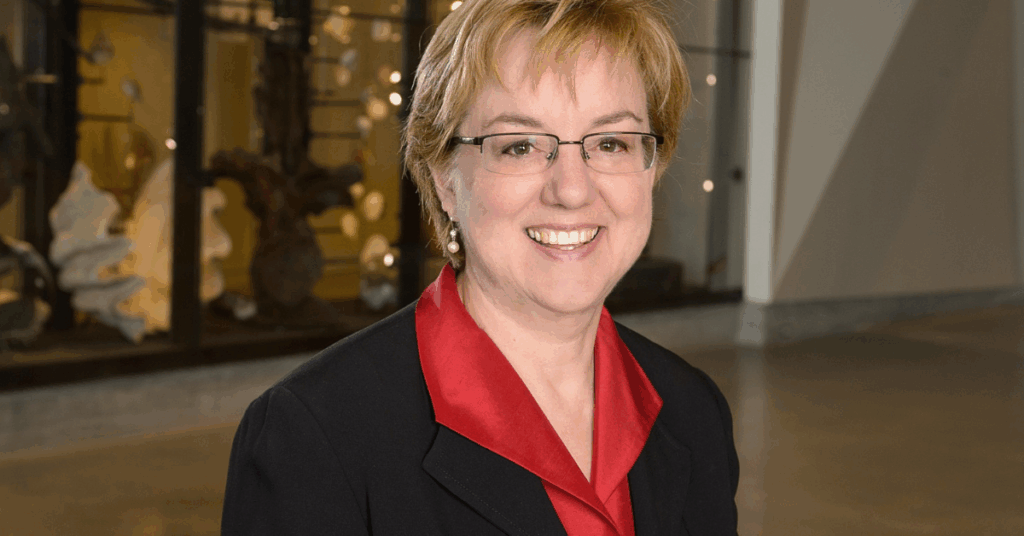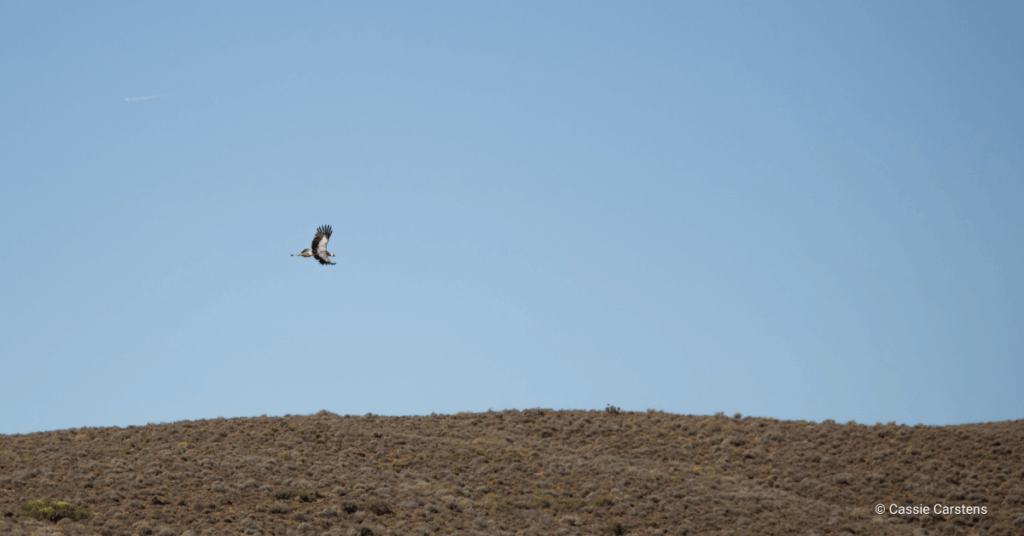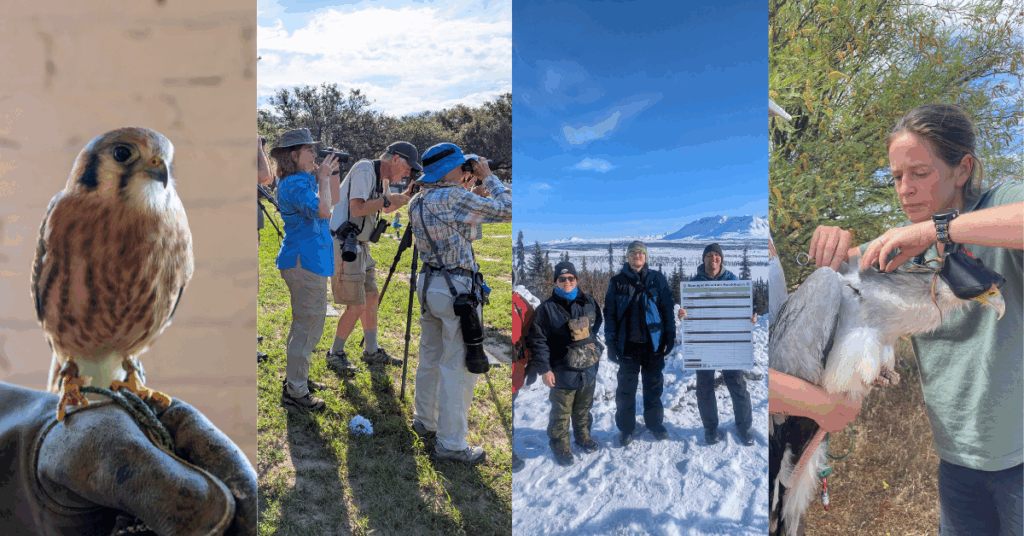Springtime means nesting season research and the start of HWI’s American Kestrel Conservation Internship! Through this program, we provide opportunities for early-career biologists to gain valuable experience in the field, collecting and managing data, and getting hands-on experience working with cavity-nesting raptors.
We designed this program with access in mind, as we’re aware that many individuals are unable to pursue these important career opportunities without adequate financial support. Thanks to generous supporters like you, we are able to provide our three interns with a liveable stipend for the 2022 season!
We received more than double the number of applicants, from double the number of countries, and 50% more states than last year. Meet the three incredible American Kestrel Conservation Interns who will spend the spring and summer gathering data on nesting American Kestrels…
Georgia Coleman
Hometown: Richland, Washington
Education: B.S. in Environmental Science with a Wildlife Conservation focus from the University of Washington
Georgia discovered her love for raptors early on when her 4th-grade class was assigned to go hawkwatching in their neighborhood. Georgia has since pursued her passion for birds through various field roles working with ravens in Yellowstone, Burrowing Owls in Oregon, and serving as a Crew Member at our Commissary Ridge hawkwatch this past fall. “I loved working with HWI during migration, so I jumped at the opportunity to further develop my field skills with the team again. I’m looking forward to gaining experience resighting banded raptors, learning how to safely gather measurements from nestings, and working with a team to figure out logistics for a successful field season!” she shared. When Georgia is not in the field, you can catch her birding, practicing nature photography, hiking, or baking bread and chocolate desserts.
Zach Higgins
Hometown: Bridgewater, New Jersey
Education: B.S. in Wildlife Ecology with certificates in Quantitative Research Analytics and Geographic Information Systems from the University of Utah
Growing up with the Raritan River in his back yard, most of Zach’s afternoons were filled with catching frogs, turtles, and snakes. He would even bring them in his house—until his family found out! Despite the menagerie Zach brought into their home, his mother furthered his love of wildlife by gifting him a pair of binoculars right before heading off to college. Zach has gone on to pursue conservation professionally by surveying Boreal Toads and assisting in a captive toad breeding at the Hogle Zoo, leading field crews in surveys for Mojave Desert Tortoises with the Great Basin Institute, and working with the Nevada Department of Wildlife restoring Lahontan Cutthroat Trout habitat. Zach was first introduced to HWI when he volunteered to build and monitor American Kestrel nest boxes through the University of Utah. “When I saw the opportunity to join HWI for this project I jumped right on it. I am excited to help in the effort to understand the decline in kestrel populations and for the sporadic opportunities to educate the public on the importance of raptors while out in the field,” Zach shared. If Zach isn’t outside monitoring kestrels, he is outside mountain biking, snowboarding, surfing, camping, or birding!
Katie Galletta
Hometown: Goffstown, New Hampshire
Education: B.A. in Ecology, Evolution, and Marine Biology from Bowdoin College
Katie originally found her passion for wildlife through marine biology, but her interests expanded once she entered college. Katie found birding to be the perfect medium to hang out with friends, explore her surroundings, and engage more deeply with local flora and fauna. After her sophomore year Katie received a grant which allowed her to volunteer with Earthwatch Institute and HWI on our Following Forest Owls project in Arizona. It was there that Katie fell in love with ornithological research and the magic of raptors. After having such a positive experience, Katie was eager to work with HWI again. “This project interested me because of the incredible opportunity to work with experienced raptor biologists as well as volunteers. This project would be impossible without the contributions of dedicated community scientists, and I am privileged to learn from the folks taking time out of their own lives to conserve these special birds,” Katie shared. In her free time, you can find Katie baking, hiking, reading, going to barre and yoga classes, and exploring her new Utah home!
Are you interested in supporting these biologists? Consider making a gift in honor of interns so we can continue to offer funded opportunities for young scientists. Or for just $25, you can cover the cost of materials for a kestrel nesting box through our Adopt-a-Box program. Regardless of how you support raptors and the young conservationists who study them—thank you for investing in our people and our mission to conserve raptors and our shared environment!
This blog was written by Sammy Riccio, HWI’s Communication’s Manager and the 2022 Raptor Conservation Interns. You can learn more about Sammy here.



